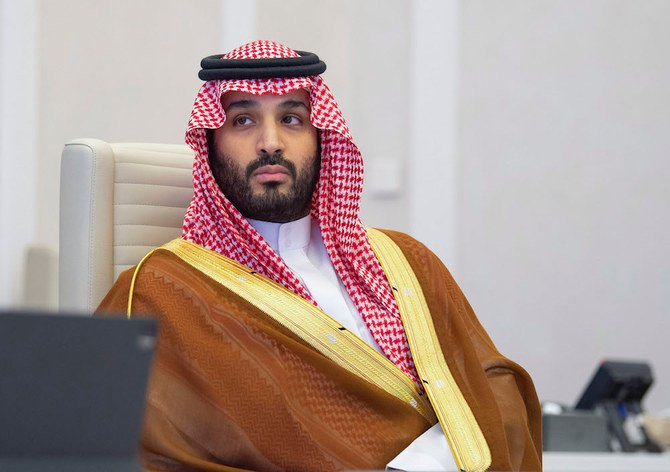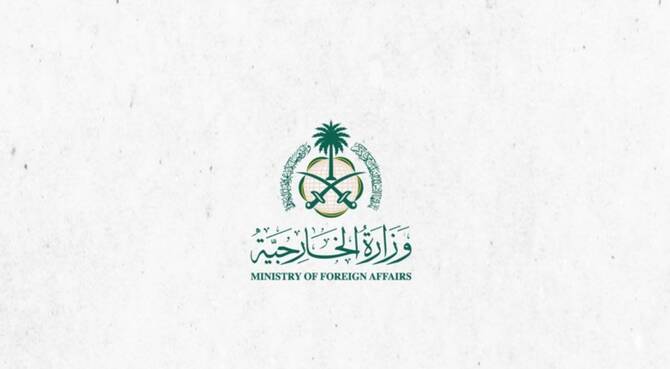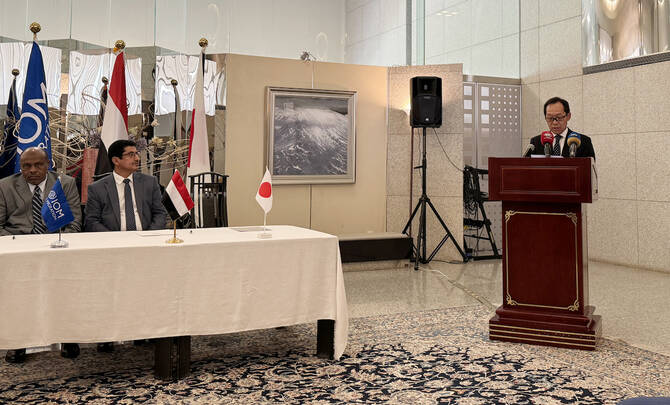DUBAI: The next phase of Saudi Vision 2030, unveiled by Crown Prince Mohammed bin Salman during a speech on Sunday outlining the Public Investment Fund’s (PIF) strategy for the next five years, is a road map towards economic diversification. But it is also much more than that.
“Our goal is to make our country a pioneer for the new human civilization,” said the crown prince, who is the chairman of the PIF, the Saudi sovereign wealth fund. In effect, Saudi Arabia is doubling down on the Vision strategy at a time when the world is reeling from the pandemic and economic strategists are still uncertain about global recovery prospects.
VRP2 — or the Vision Realization Program, as the plan is abbreviated — will launch new sectors of the economy, and enhance ones already up and running from the first VRP, dating to 2017, as part of the transformational strategy.
Yasir Al-Rumayyan, the governor of PIF, echoed the ambitious nature of the plan. “Core to our strategy is our focus on funding new human futures by improving quality of life, driving environmental and economic sustainability, and developing new sectors and jobs,” he said.
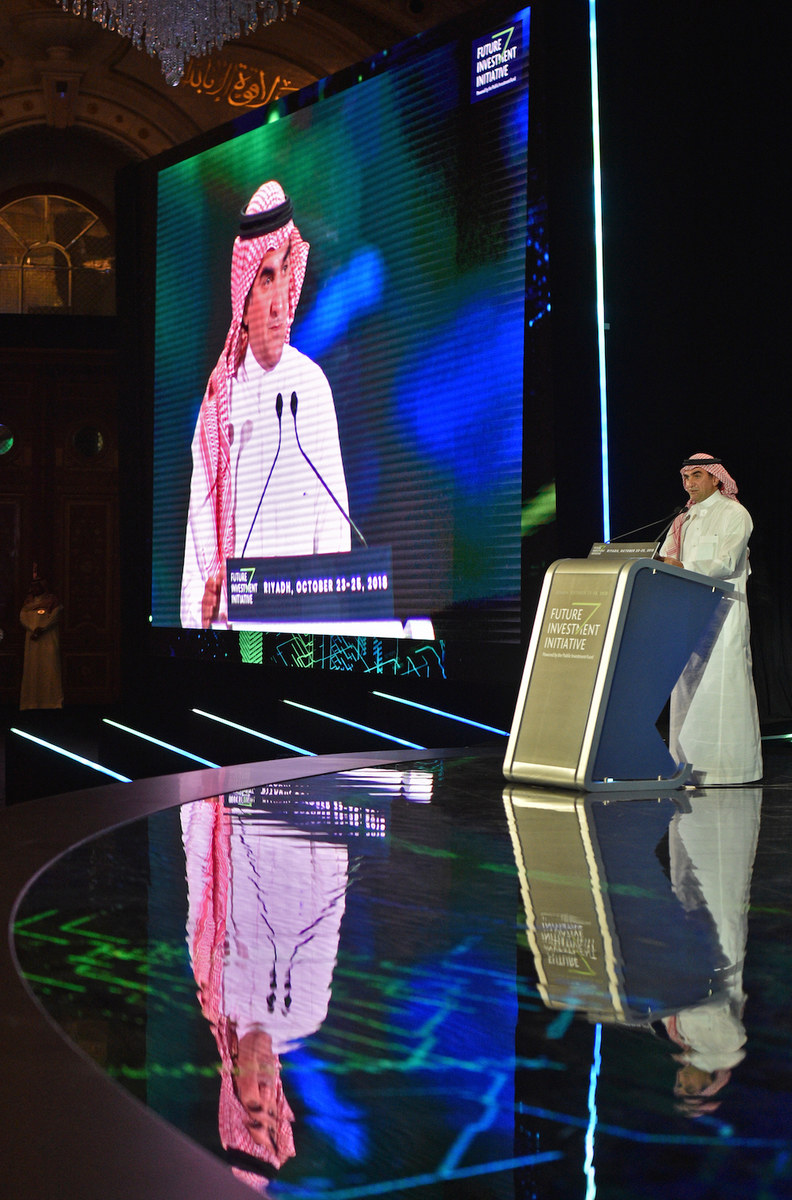
Yasir Al-Rumayyan, the governor of PIF, says human development is a core strategy of the plan. (AFP/File Photo)
Along the way in the next five years, VRP2 will also cement the position of the PIF as an agency of economic development, and go a long way to achieving the PIF’s aim of becoming the world’s leading sovereign wealth fund, rivaling the investment giants of Asia, Europe and the US.
Regional economics expert Nasser Saidi says the announcement was a quantum leap in the Kingdom’s plans. “Saudi Arabia has put its foot on the gas of the Vision 2030 strategy with the announcement of the economic plan for the next five years, under the auspices of the PIF,” he told Arab News.
“There can now be no doubting the seriousness of its intentions to push through the plan to deeply transform and diversify the economy, and society, of the Kingdom, in super-fast time.”
The PIF committed itself to $40 billion of investment every year for the next five — a huge amount, equivalent to around 5 percent per year of the Kingdom’s gross domestic product (GDP). It also pledged to contribute $320 billion to non-oil GDP through the companies in which it holds stakes, and create 1.8 million badly needed jobs in the Kingdom by the end of 2025.
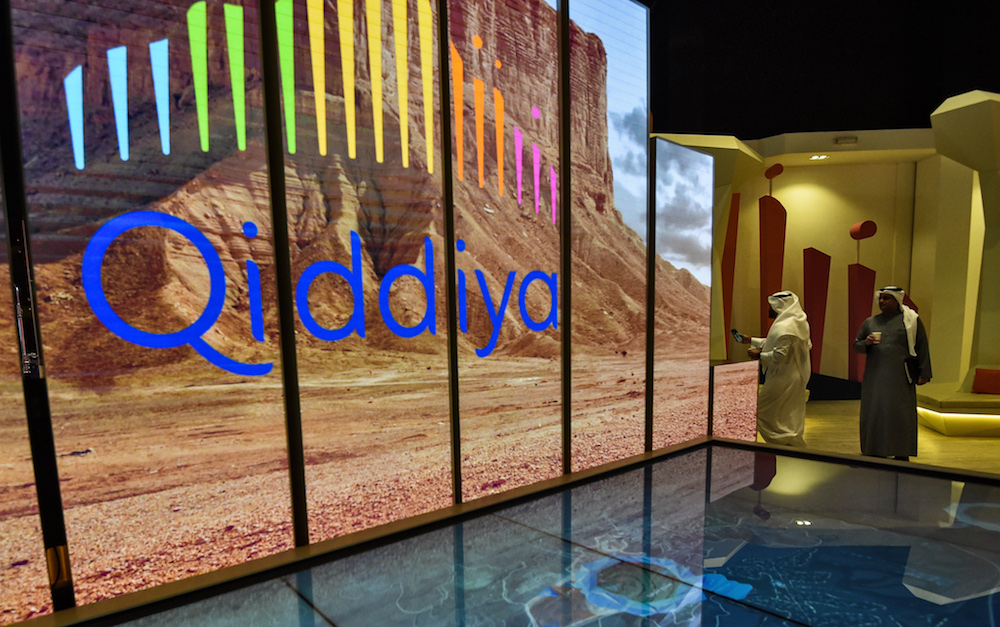
The PIF’s role as a job creator will be augmented by the wave of new employment expected on the mega-projects like NEOM, the Red Sea Development and the Qiddiya theme park (pictured), which have been marked for acceleration in 2021. (AFP/File Photo)
For the PIF to be such a pivotal role in the development of the Saudi economy shows how far the fund has come from the time when it was a sleepy backwater in the Kingdom’s financial scene, managing public-sector pensions and other investments.
Under VRP2, the PIF will take big strides towards its goal of having $1.07 trillion in assets under management in five years’ time, and closing in on its 2030 target of $2 trillion — overtaking the huge sovereign wealth funds of China and Norway.
It is already a good way along the path to that goal. Al-Rumayyan said that over the past four years, the PIF had tripled assets to nearly $400 billion, created 10 new sectors in the economy, and generated 331,000 jobs either directly or indirectly through its investment policies.
Investment experts welcomed the accelerated strategy of VRP2. Tarek Fadlallah, chief executive of Nomura Asset Management in the Middle East, said: The proactive stand — where they use money to incentivize and direct investment into key sectors — is to be welcomed and applauded.”
“The Fund’s role as a separate channel to support the economy at the time of volatile oil prices is of major importance. It will help build savings, secure financing and attract investments,” said Mazen Al-Sudairi, head of research at Al Rajhi Capital.
Other financiers wanted to know further details of the ambitious plan. “It’s an impressive target and a reassurance in these tough times that some people are still thinking big, and thinking strategically. But I would like to know how they will pay for all this,” asked one banker who declined to be identified.
It is a valid question, and one which the PIF will no doubt be explaining in detail and in confidence to investment partners and banking professionals in the coming months. But some of the revenue streams by which PIF could use to bring about such a transformation are already known. It has four principal sources of finance.
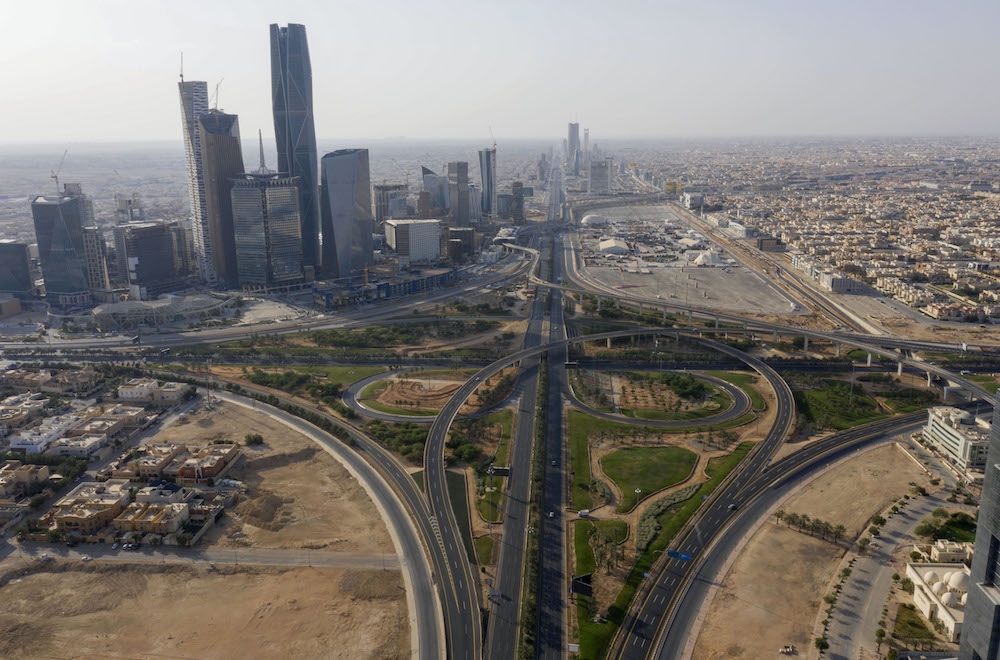
For the PIF to be such a pivotal role in the development of the Saudi economy shows how far the fund has come from the time when it was a sleepy backwater in the Kingdom’s financial scene. (AFP/File Photo)
It receives capital injections from the government of Saudi Arabia, as it did with a $40 billion injection from the Saudi Central Bank (SAMA) last year to take advantage of investment opportunities around the world as asset values plunged under the pandemic, and it also has government assets transferred to it.
It receives revenue as dividends from its investment portfolio, which includes some of the biggest names in the Saudi Arabian listed sector, and from the disposal of investments.
The PIF can also raise loans from banks in the normal way, and can raise money through the International and domestic debt markets, in the form of bonds.
Al-Rumayyan has recently given indications of other ways the PIF could provide resources for its big plans. He recently told the Financial Times that the PIF would reduce its International investment exposure to focus more on Saudi Arabia, cutting the proportion of assets invested abroad from 30 to 20 per cent — though the absolute amount would remain little changed as the PIF assets grow.
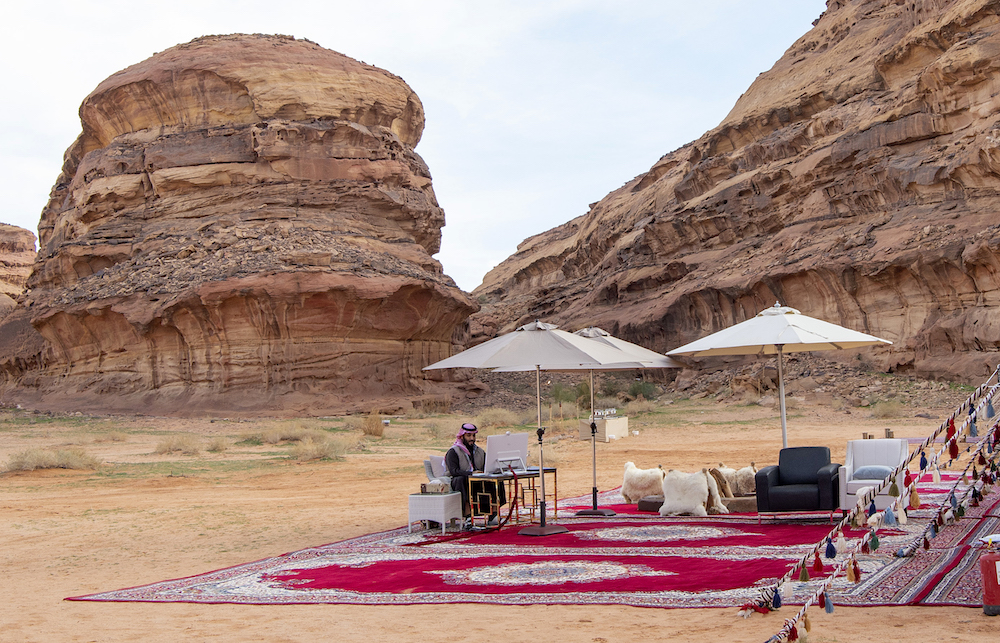
“Our goal is to make our country a pioneer for the new human civilization,” PIF chairman Saudi Crown Prince Mohammed bin Salman said.
There is also big potential to raise money via the sale of portfolio companies in which PIF owns shares and which are listed on the Tadawul stock market, as well as privately held companies.
Many analysts expect a wave of IPOs and stake sales to come in Saudi Arabia this year as buoyant market conditions encourage investors, including the PIF, to realize paper gains.
The PIF received the $29 billion proceeds of the biggest initial public offering (IPO) in history when Saudi Aramco listed shares on the Tadawul in December, and there have been suggestions that further funds could be raised either through the sale of more Aramco shares, or through the disposal of some of the businesses that make up the Aramco energy grouping.
Al-Rumayyan told the FT that Aramco, of which he is chairman, could sell more shares “if the valuation is right”, and that he was considering sales of other Aramco assets. “If it makes sense for us to divest some of these assets, we’re definitely going to do it. It could include anything except the main operations,” he said.
The PIF’s role as a job creator will be augmented by the wave of new employment expected on the mega-projects like NEOM, the Red Sea Development and the Qiddiya theme park, which have been marked for acceleration in 2021. It can also start new companies in the Kingdom, to add to the 30 or so it has set up in the past three years.
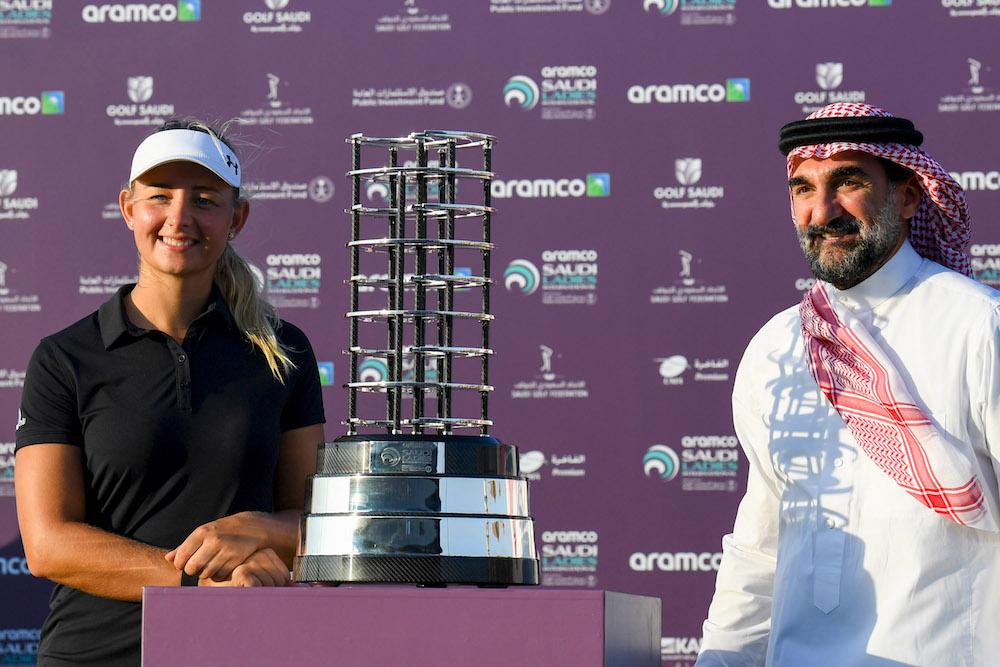
The PIF committed itself to $40 billion of investment every year for the next five — a huge amount, equivalent to around 5 percent per year of the Kingdom’s gross domestic product. (AFP/File Photo)
Electric-car maker Lucent — in which the PIF is majority shareholder — is believed to be in talks to set up a manufacturing plant near Jeddah, its first outside the US. Corporate start-ups are also likely through the opening up of Saudi operations for some of the companies that the PIF has jointly invested inside alongside the Vision Fund, the investment management business in which SoftBank is the leading investor.
The PIF will also look to vital foreign direct investment (FDI). “A key element of PIF’s success has been the strategic economic partnerships the Fund has developed with many of the world’s leading investors and businesses. VRP2 will enhance these partnerships, providing investors with access to untapped investment opportunities, creating synergies and value for the global community,” the Fund said this week.
FDI flows into Saudi Arabia actually picked up in the first part of last year, despite the pandemics’ drag on economies everywhere. “External funding will remain critical given the size of its (PIF’s) objective,” said Monica Malik, chief economist at Abu Dhabi Commercial Bank.
The chance to showcase the opportunities of VRP2 to the outside world begins at the Future Investment Initiative gathering in Riyadh later this week.
——————
Twitter: @frankkanedubai



